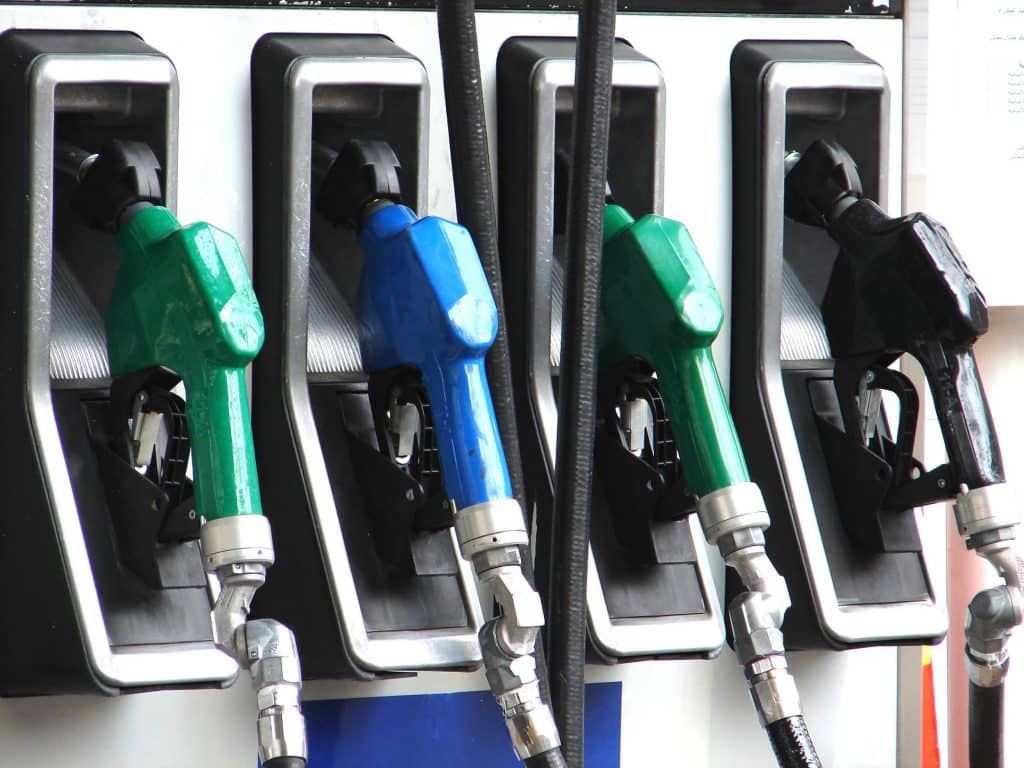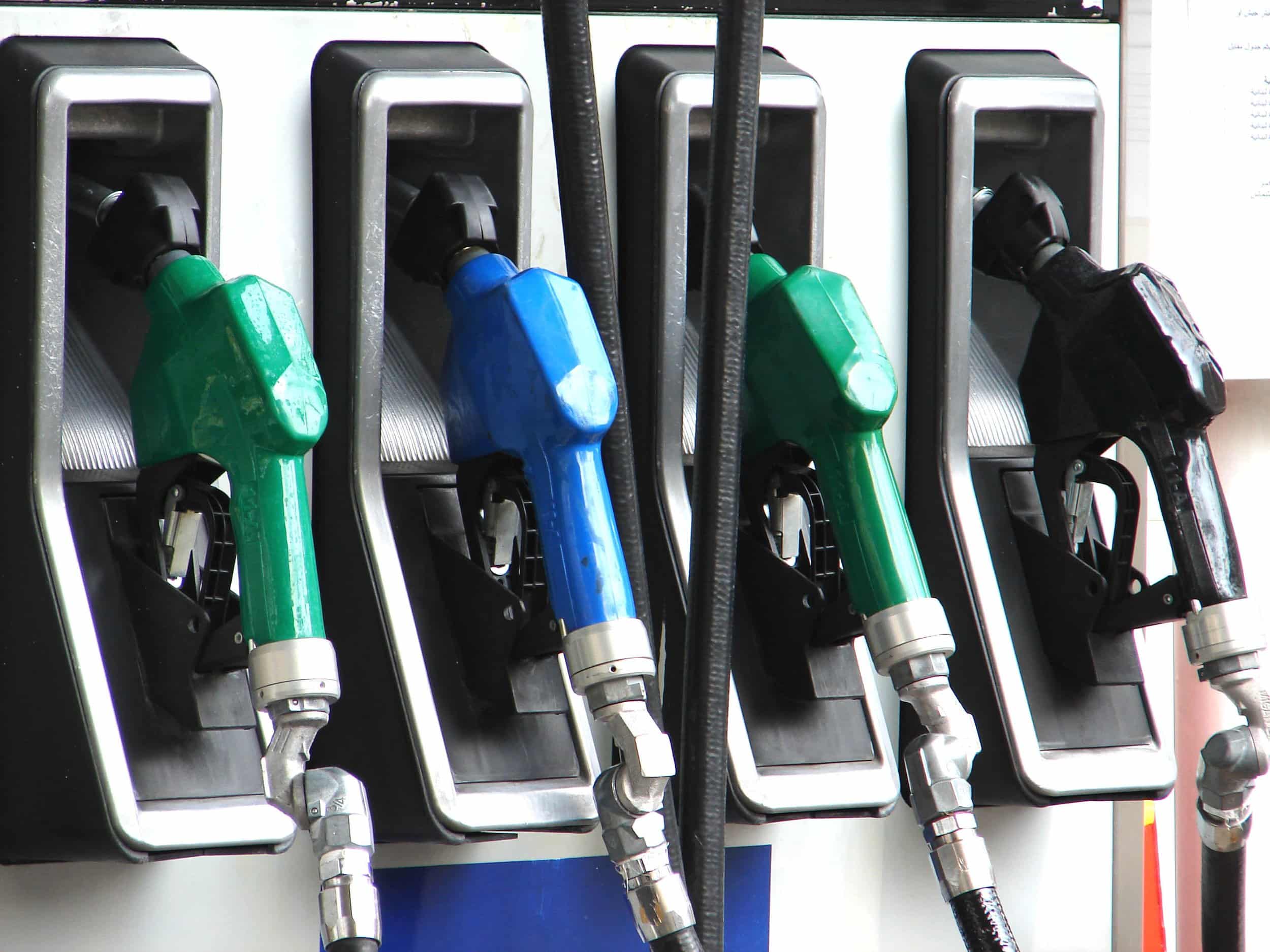
High gas prices got you down? Students can still save and earn during the fuel crisis
Matthew Kerr, contributing writer
Greenville college students feel the burn of rising gas prices as corporate profits skyrocket, but there are still ways to earn and save.
The first quarter of 2022 has been riddled with inflation, supply chain issues and price increases. The most notable product to be affected by these changes is gasoline, something that 91% of Americans use according to the US Census. While these changes impact everyone with a motor vehicle, it is especially difficult for college students who commute to school and don’t have time for a full or part time job past their academic responsibilities.
At the beginning of March, gas prices saw a steep and steady incline. This surge was attributed to Russia’s invasion of Ukraine and the consequential suspension of economic interactions with Russia, despite the fact that the USA gets less than 4% of its petroleum from Russia according to the U.S. Energy Information Administration. In Greenville, South Carolina, gas prices reached an average of $4.082 per gallon, just under Greenville’s record gas price of $4.121 per gallon in 2008 during the recession. And although prices have come down to a current average of $3.753 per gallon, those prices are a whopping 45% higher than the average gas price from a year ago at $2.582 per gallon, according to AAA Gas Prices.
With the sudden increase in price and (albeit small) decrease in supply of gasoline, one would expect large energy corporations to be suffering from all the economic changes. However, the truth is just the opposite. Exxon Mobil Corp has reported over $9 billion in profits from 2022’s first quarter (Reuters). But the profits go beyond that. Shareholders in Exxon Mobil saw the value of stocks rise, going from $75.80 at the end of February to $83.38 towards the end of March, more than a 10% increase according to Robinhood.
The rising prices of gas are especially difficult for college students who hardly have time for a job. Outside of their education, many students don’t have a lot of time to earn money. Emmanuel Harrison, a senior and commuter at NGU said, “It’s like my money just goes to gas now. I barely have anything left for myself.” Because of this, Harrison has had to work more hours, cutting into his time to work on things for school. “It feels like I’m always there,” he said, referring to his job at a fast food chain, “I can’t afford to not work as much.”
Managing expenses is already difficult in college, but thankfully there are ways to lessen the burden of newly escalated transportation costs. Apps like GasBuddy can inform students of prices at gas stations close to them to help them find the cheapest gas in the area. Users can report gas prices so they stay up-to-date, and even receive rewards for doing so. This encourages users to report frequently and accurately. However, it doesn’t guarantee that all users will do so, making the model somewhat flawed.
These apps offer relief from fuel price fluctuation in more ways than one. Some of these apps offer reward programs that function like cash-back on a credit card, only with reduced rates for gas instead of cash. The programs often have higher membership tiers with more rewards, but they come with a fee. Gas rewards may sound enticing at first, but dealing with monthly or yearly fees often end up leaving people wondering if the rewards are really worth it.
A different solution for students might be finding a way to work on their own time. Class schedules and commute times make part time jobs during the week hard to schedule, and as a result, many students can only work on the weekends. Quinn McDonald, a senior at NGU said, “Working during the week would mean taking a late shift, and I’d get even less sleep than I do now.” It’s especially difficult to squeeze in time to work when students’ free time is scattered throughout the day. However, jobs like Instacart, DoorDash, or Uber offer workers flexible hours so that they choose when they make money. The application for these jobs is simple and straightforward, allowing workers to begin almost immediately after they get hired.
DoorDash claims to pay drivers up to $25 per hour, but companies like Uber and Lyft won’t report average earnings. The reasoning behind this outlines a major drawback of these jobs. Earnings for these jobs depend entirely on when and where people are working, as well as customer tips. Additionally, workers are not hired directly by the company, but rather as non-employee contractors, which can have a rather large effect on income taxes. Additionally, a more obvious setback is that driving for these companies requires even more gas, something making actual earnings shrink as costs inflate.
Although there is no magic solution to decrease the cost of gasoline for students, earning more money to buy gas and saving money at the pump are both possible using apps for gas prices and jobs with flexible hours for extra earnings. These solutions offer relief to those hurt by the corporations that continue to create the financial struggles of fuel.

